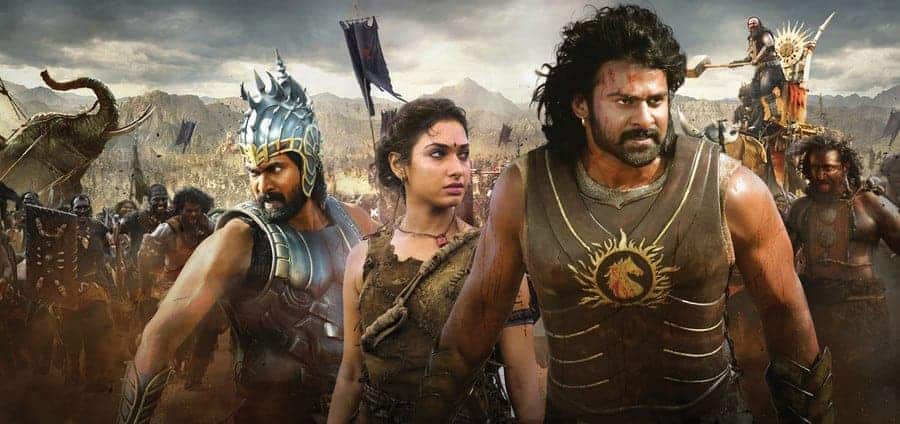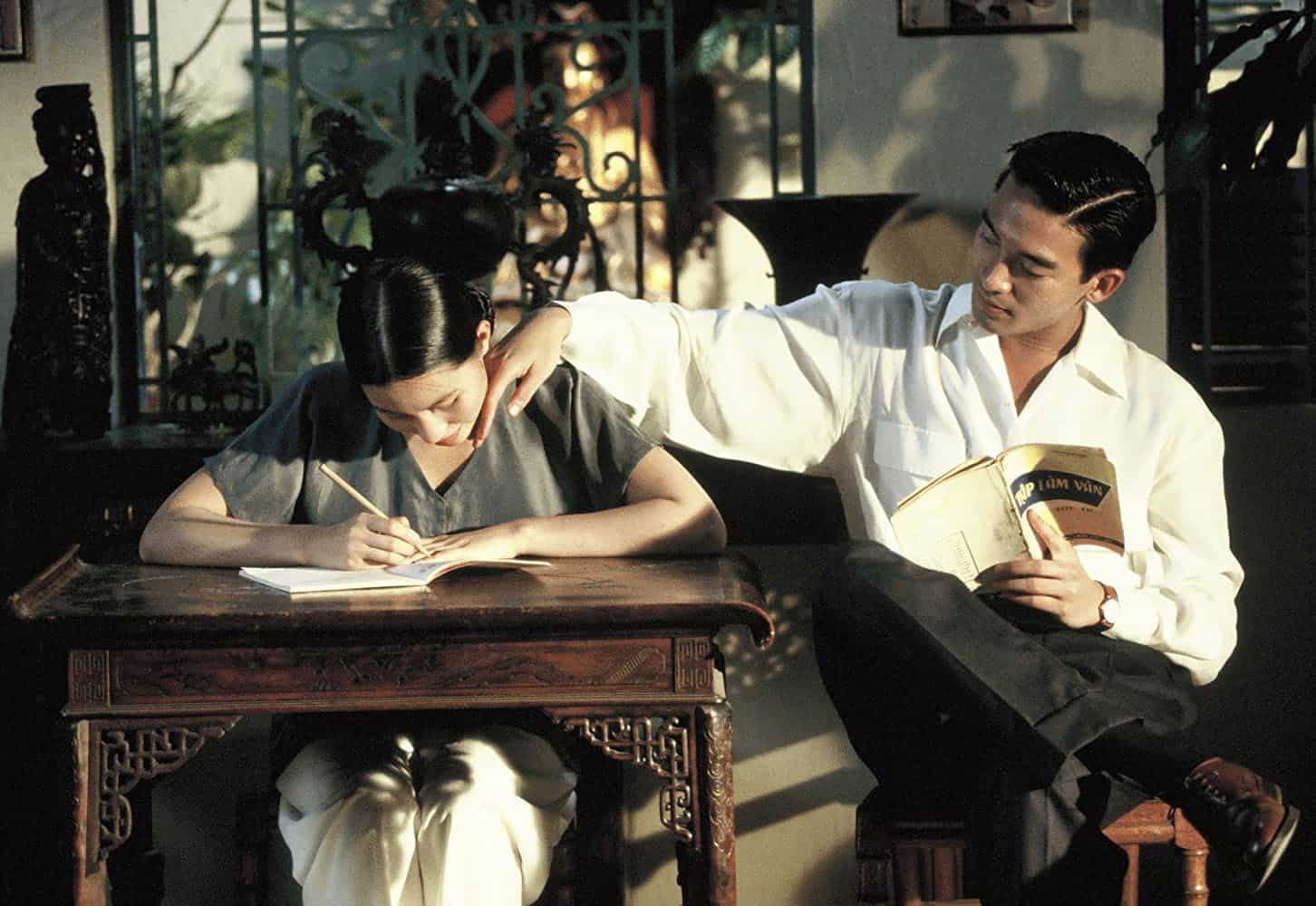With a budget of $27,9 million, this Telugu epic was the most expensive Indian film upon its time of release. The blockbuster was a huge success, both in India and worldwide, with an international gross of $100,9 million, which made it the highest-grossing film in India, the third-highest grossing Indian film worldwide, and the highest-grossing South Indian film, at the time of its release.
Baahubali: The Beginning is screening at Five Flavours, that will be on in Warsaw November 15-22.

The story is based on Indian mythology and the tales of Amar Chitra Katha comics, and revolves around the titular character, who, in the beginning of the story, is just a baby, carried to safety by Sivagami, who is being chased by soldiers of the ancient kingdom of Mahismati. Eventually, the baby is rescued by local villagers, with Sanga and her husband raising it as their own, naming him Sivudu. The child, however, shows exceptional abilities and immense strength since childhood, and grows up to be an impressive young man. Sivudu is obsessed with climbing the waterfall of the mountain standing in front of the village, and with the help of Shiva he manages to do so, only to find himself among a clash between a group of guerillas and Emperor Bhallaladeva. Driven by his feelings for Avantika, a warrior of the group, Sivudu decides to help her team, only to discover that he is the son of a legendary King of Mahismati. At the same time, he discovers the woman who saved him initially and is acquainted with Kattappa, the head of security of the empire. The film ends with a flashback, revealing his father's story, up to a point.
“Baahubali” shows its nature from the introductory scene: impressive action with the help of SFX, to the point of overusing the Green Screen, almost constant music through a number of different tracks, and a story so hyperbolic, which borders on the preposterous. The combination of the above, along with the presence of Prabhas in the titular role and the dancing that occasionally appears on screen are the bases for the first part of the film. The style finds its highlight in the scene where Sivudu takes a huge altar in his arms, placing it under the waterfall, and celebrating his accomplishment with an intense dance.
The second part shows Sivudu in Mahismati and falling in love with Avantika, and subsequently, taking on the forces of the Empire, in a number of outstanding battles, that have him beating scores of enemies, again in preposterous, but very entertaining fashion. The flourishing of his relationship with Avantika is one of the highlights of this part, through a sequence that involves dancing and singing in sexy fashion, as it highlights Tamannaah and Prabhas's impressive appearances. The fight that includes Kattappa is also great in this part.
The third part follows the story of the father of the protagonist, who has the same name and is also played by Prabhas, and his antagonism with Bhallaladeva for the crown of the Empire. This part is much more epic in style, as it involves an outstanding, and quite prolonged battle between the armies of Mahismati and the Kalakeyas, a barbarian tribe. The production values of the film find their apogee in this sequence, with the special effects, Venkateswara Rao Kotagiri's editing, and Senthil Kumar's cinematography resulting in an epic sequence that has nothing to be jealous of the ones in “Lord of the Rings” and “300.”
.S. S. Rajamouli aims to highlight Prabhas and Tamannaah's charisma and appearance, and the duo responds in great fashion, particularly the latter, who is the definite protagonist of the film. Rana Daggubati as Bhallaladeva provides a great villain, as does Nassar who plays his father Bijjaladeva, highlighting his character's cunningness in great fashion. Ramya Krishnan is quite good in two different roles, majestic during the last part and shattered during the second, with the scenes where she shows her ruthlessness being her high points.
Evidently, “Baahubali” is not the film that will make you think. However, it delivers in one other, very important aspect of cinema, and that is pure entertainment. In that fashion, you will not find many films better than this one, as you will be impressed, laugh, and spend 158 minutes without even realizing it.















